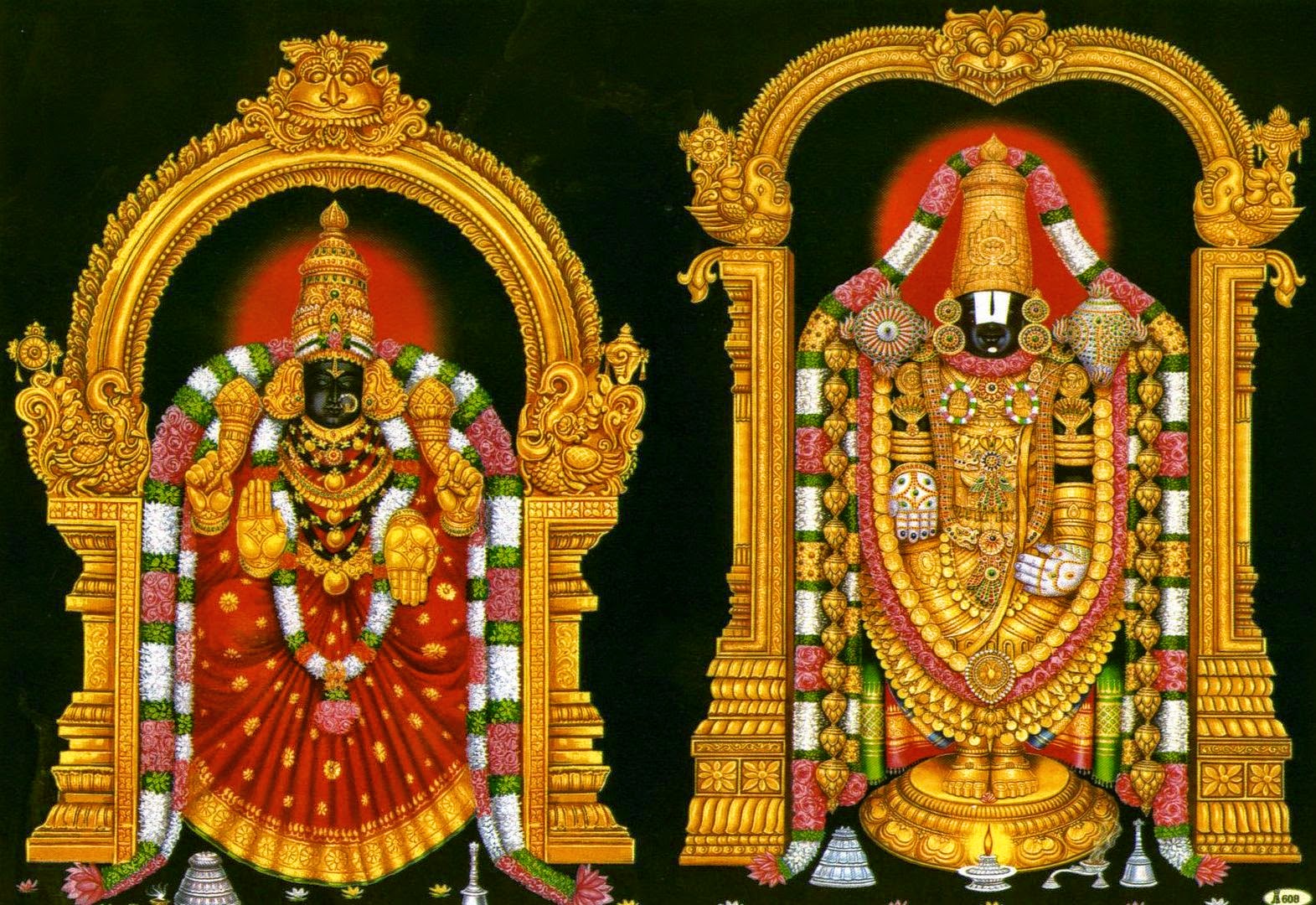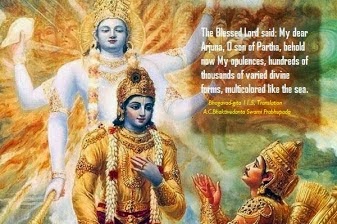The Spiritual Import of the Mahabharata and the Bhagavadgita : Ch-6. Part-5.
6: Universal Action-5.
Now, this is an esoteric teaching which has psycho-biological implications, with a spiritual profundity at the background. The various phases of the moon, which are fifteen in number counted through the bright half and the dark half of the lunar month, as we call it, are connected with the various plexuses in the system of the body, and the digits of the moon are regarded as representative of the digits in the psychic body, which are the plexuses or centres, called the chakras. They are not in the physical body, though they have an impact upon the corresponding centres in the physical body. According to this doctrine, the ajnachakra is the location of the blossomed intellect or the mind when it is fully awakened from the slumber of earth-consciousness and is about to wake up into the consciousness of the super-physical. This is perhaps the reason why this point is recommended as suitable for concentration, one having withdrawn the attention from the externals in the earlier stages.
Pranapanau samau krtva—there is another difficult technique. Following this advice, the process of breathing through the nostrils is constituted of the prana and the apana flowing through the nervous system, which is twofold in character, known as ida and pingala. This dual breathing through the two nostrils is the cause of distraction of the mind, swinging the attention from the subject to the object and from object to the subject, an alternate attention being thrust towards the object or the subject at different times on account of the ebb and flow of the prana, like the rise and fall of the waves of the ocean. This has to be curbed by a centralised breathing, which is the equanimity to be established between the two flows of ida and pingala. This equanimous breathing is called is the entry of the prana into the central nervous system, called the sushumna. They are all invisible nervous centres that cannot be seen with the eyes. This central breathing is connected with a central way of thinking, which means thinking neither the subject nor the object. Neither are you to concentrate on your personality, your own body, your own individuality as all in all, nor are you to concentrate on an object outside as if it is everything. The truth is in the middle between subject and object, as sushumna is between ida and pingala.
Swami Krishnananda
To be continued ...





Comments